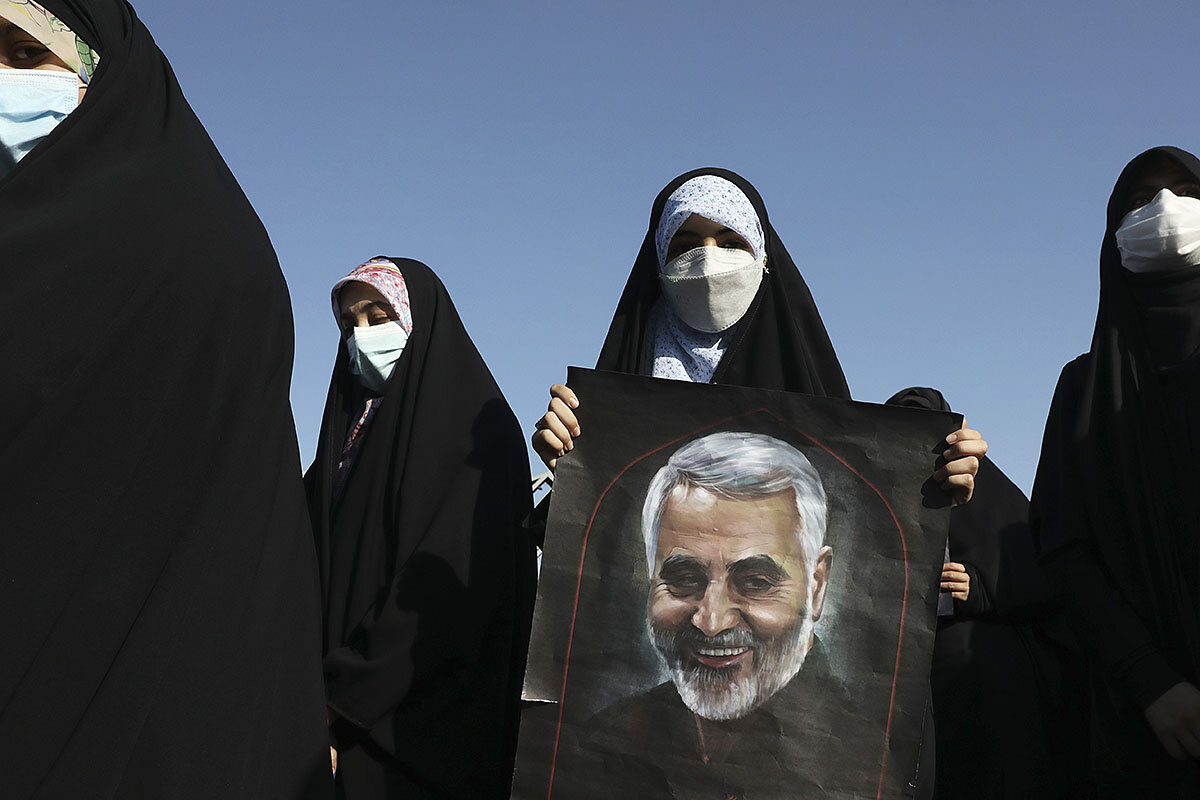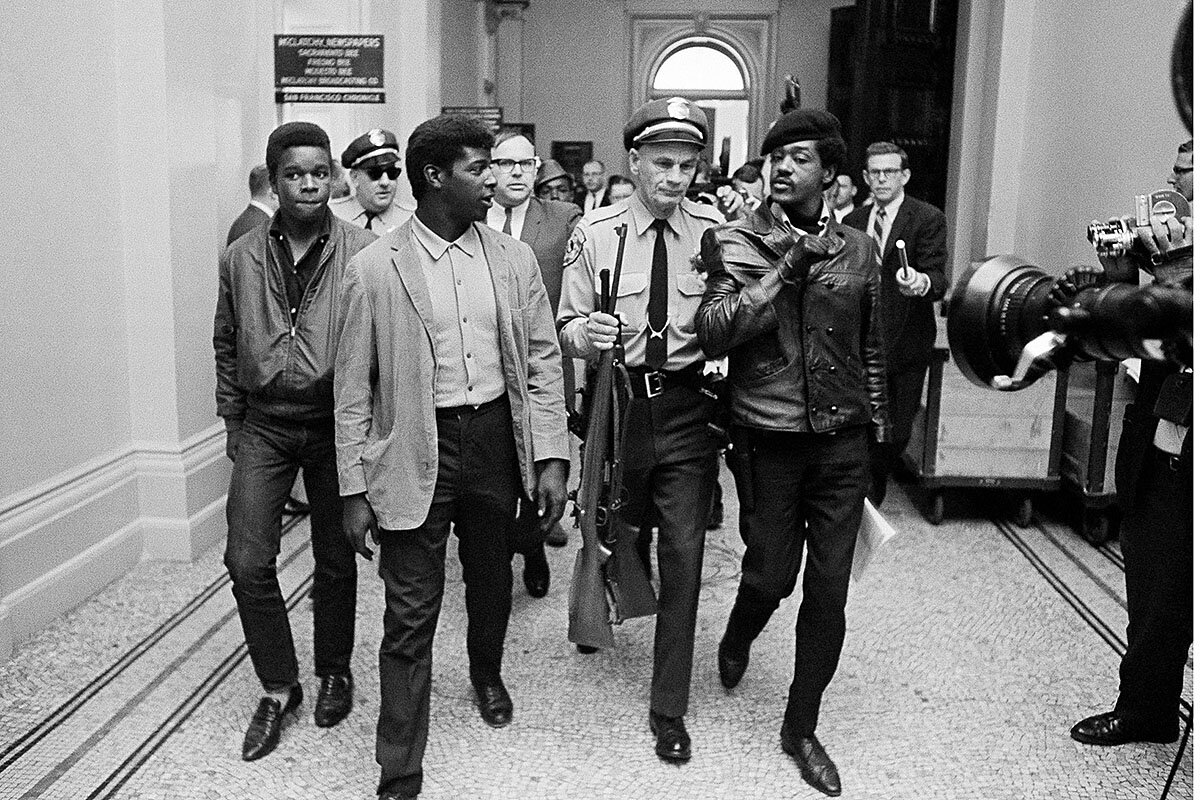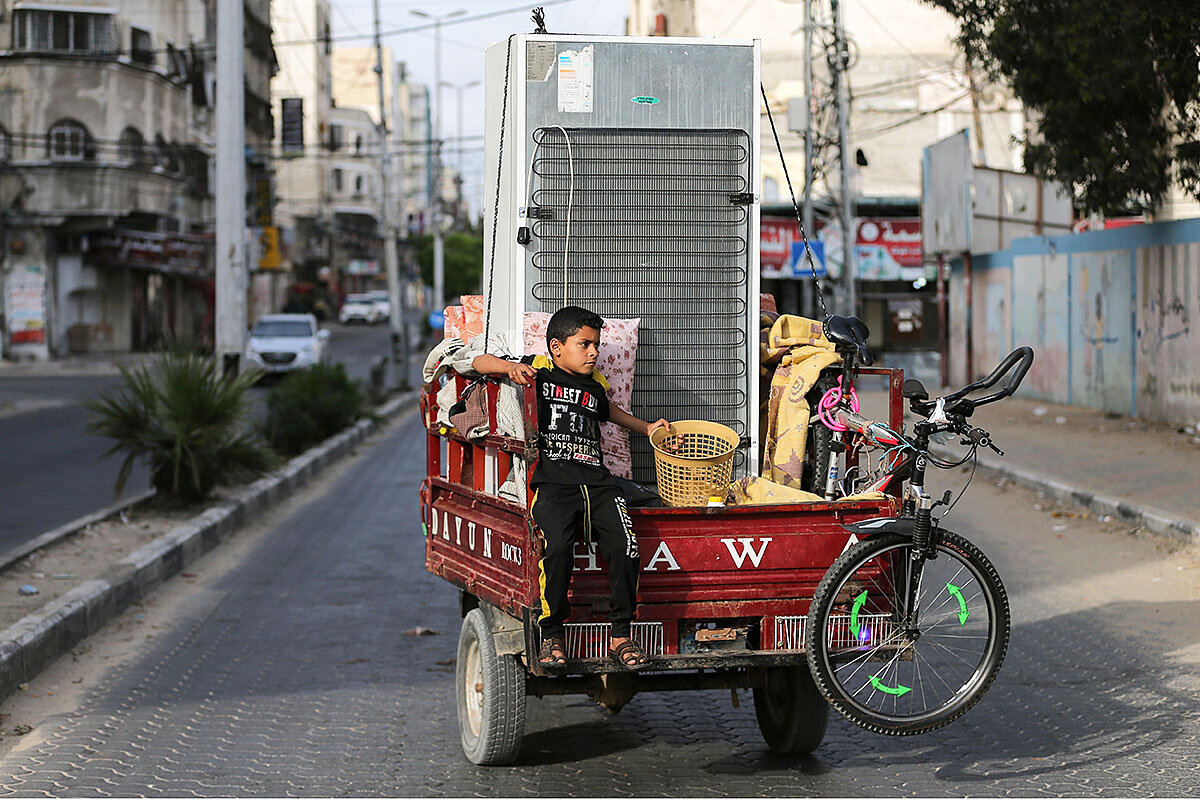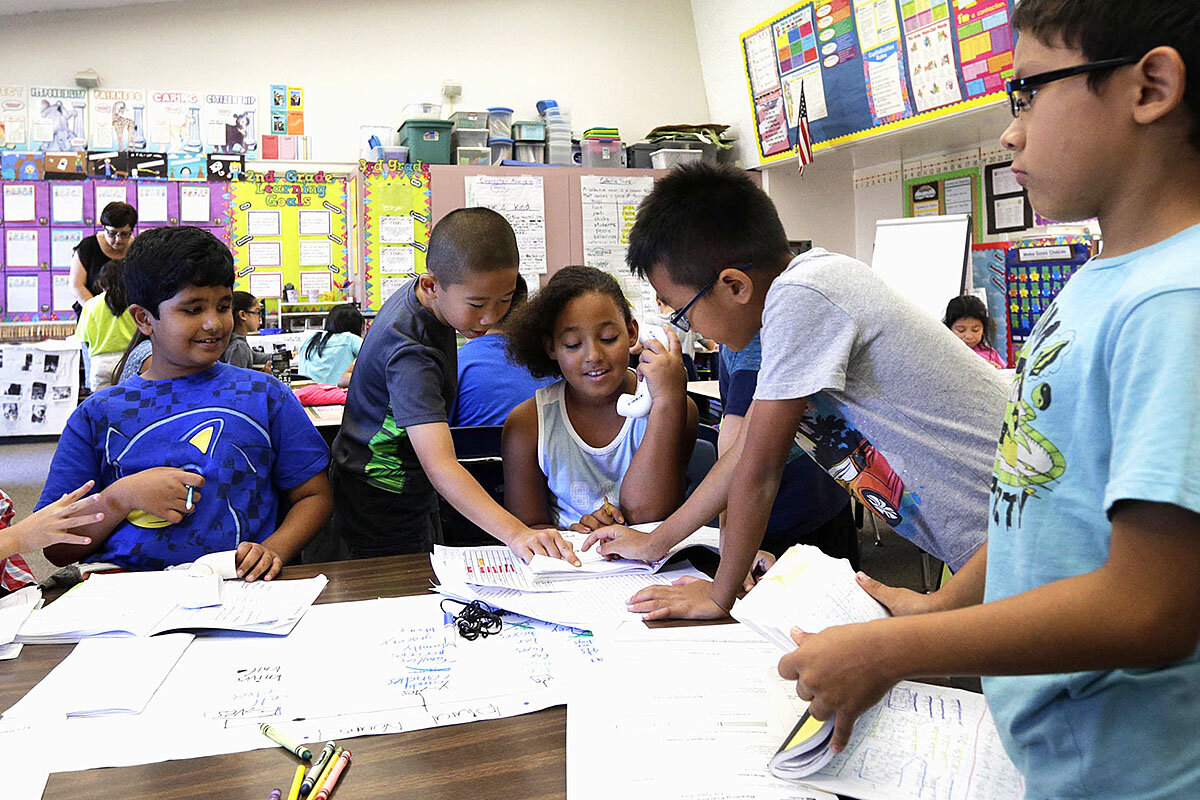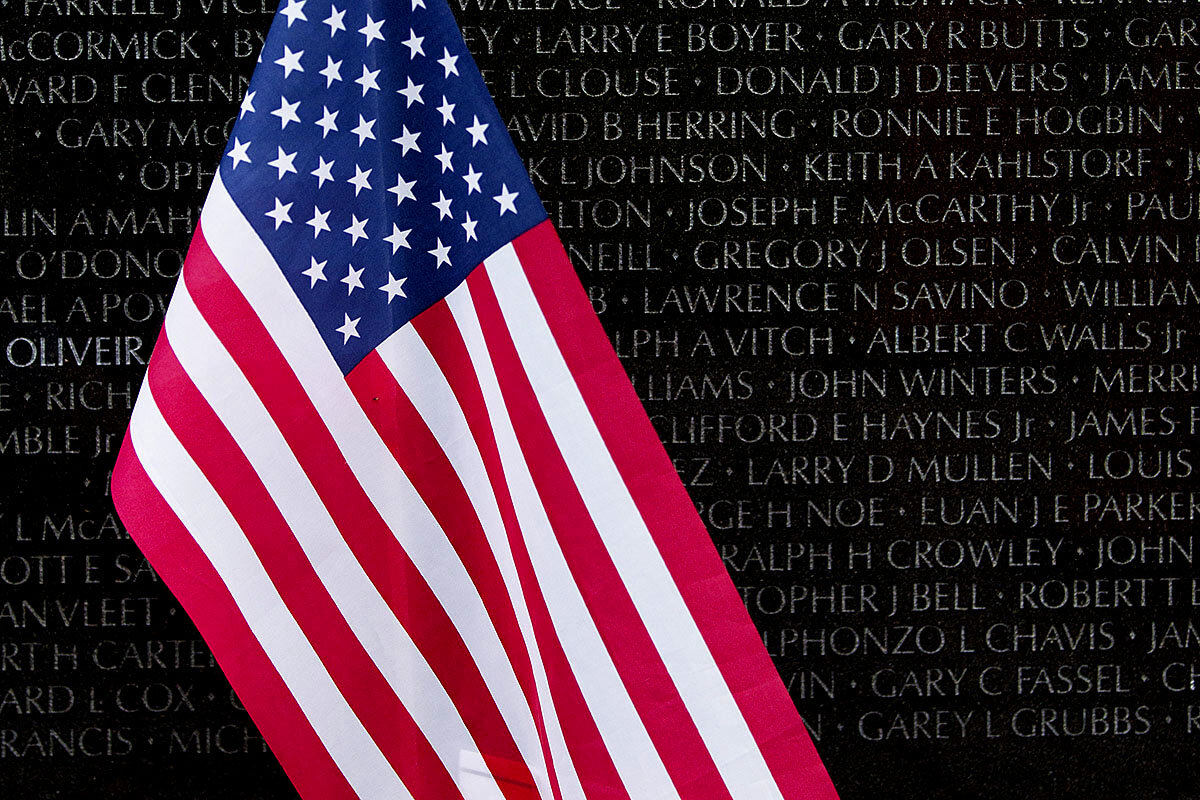On Wednesday, French President Emmanuel Macron traveled to Rwanda to apologize for his country’s failure to intercede in the 1994 genocide there. Yesterday, Prime Minister Justin Trudeau issued an apology for the internment of Italian Canadians during World War II. And today, Germany apologized to Namibia for massacres committed by its colonial administration in southern Africa more than a century ago. “We will now also officially call these events what they were from today’s perspective: a genocide,” said German Foreign Minister Heiko Maas.
During the past 30 years, national apologies have gone from being extraordinary to, it seems, mandatory. They can mark healing turning points in relations between countries and in how societies and individuals define themselves. But they raise difficult questions about the obligations of history and require bridging what American poet Carolyn Forché calls “the mutually exclusive realms of the personal and the political.” And Angie Wong, a professor of Indigenous Learning at Lakehead University in Ontario, has warned that “a new cultural dynamic of apologism” risks reducing national expressions of remorse to crisis management.
Jonathan Sumption, a former member of the Supreme Court of the United Kingdom, argues in a new book that “what is morally objectionable about the practice of apologizing for [past] wrongs now, is that it depends upon a concept of collective and inherited guilt which is indefensible.” Yet for many communities, offenses done to previous generations may be living presents.
“History isn’t something written in a book that’s locked away in a glass cabinet,” argues Canadian documentary filmmaker Mitch Miyagawa. “It exists materially in the land around us, in our houses, in our villages and towns and cities. It’s in the way we relate to each other, and it exists in the stories we tell about ourselves and where we live. We carry history with us.”
Germany’s apology underscores the uneasy compromises required to reconcile these perspectives. In 1904 its settlements in what is now Namibia fell under siege. Weary of the brutalities of occupation, Herero tribesmen launched attacks on white farms, railroads, and colonial army posts. Ten months later another ethnic group, the Nama, pitched a second rebellion. The German response was devastating. When a census was taken several years later, it found that between 1904 and 1908 half of the Nama and three-quarters of the Herero populations – roughly 80,000 people – perished in battle, were systematically executed, or starved to death in concentration camps after the war.
“Our aim was and is to find a joint path to genuine reconciliation in remembrance of the victims,” Mr. Maas stated. “That includes our naming the events of the German colonial era in today’s Namibia, and particularly the atrocities between 1904 and 1908, unsparingly and without euphemisms.”
Under the terms of the deal, which took nearly a decade of informal dialogue and formal negotiations, Germany will fund $1.3 billion in development projects over 30 years specifically meant to redress the economic consequences of the genocide. President Frank-Walter Steinmeier plans to formally ask forgiveness in an address before the Namibian Parliament later this year.
Public atonement of an atrocity may smooth diplomatic rifts, yet it does not always salve the economic or emotional harm felt by descendants of victims. Herero and Nama families whose ancestors were slain sought individual reparations and a return of stolen family lands. Germany steadfastly rejected those demands to avoid binding itself – and perhaps other former colonial powers – to a burdensome legal precedent. Instead, it is giving money in the form of a collective restitution for those ethnic groups.
“A national apology asserts changed values, condemns past behavior, and commits to different, better actions in the future,” wrote Southern Oregon University linguist Edwin Battistella in Aeon. After a year of worldwide protests over racial injustice, reflected in backlashes against Confederate and colonial symbols, Germany and Namibia offer a road map beyond the clutches of historical pain. The test of sincerity awaits. But lifting the burdens of the past starts with a determination to see one another beyond grievance and harm.
 Peter Grier
Peter Grier





